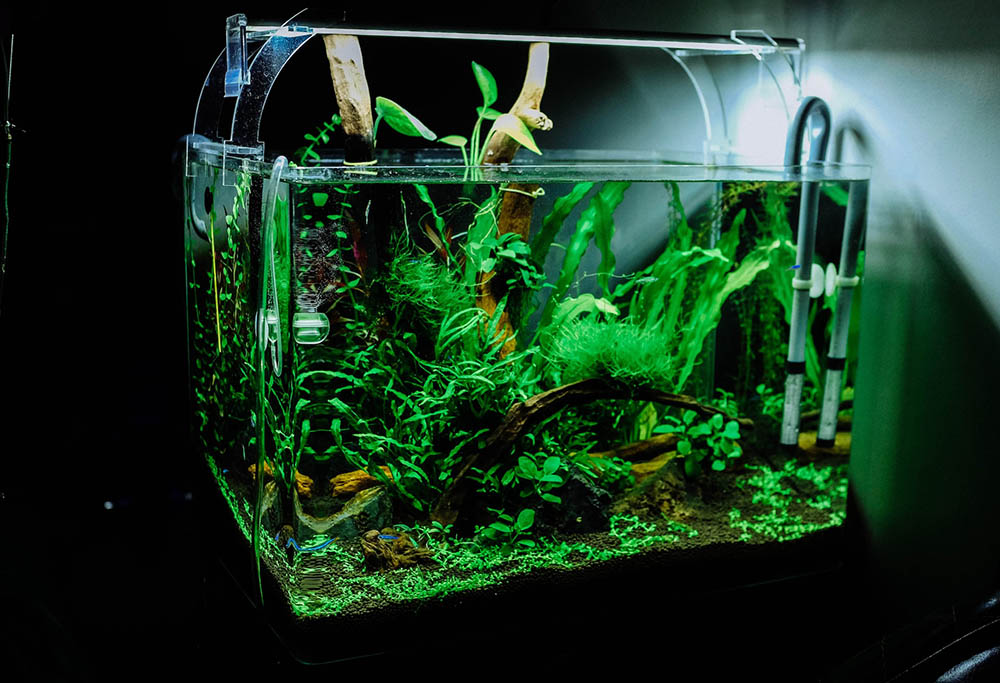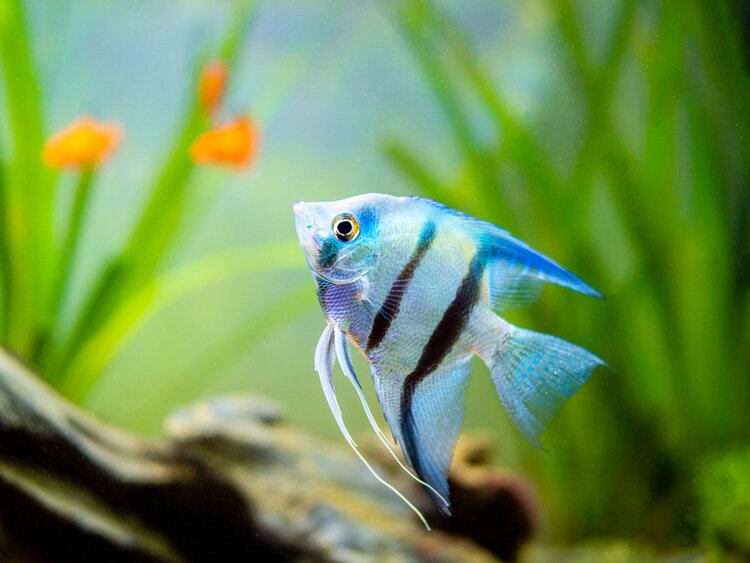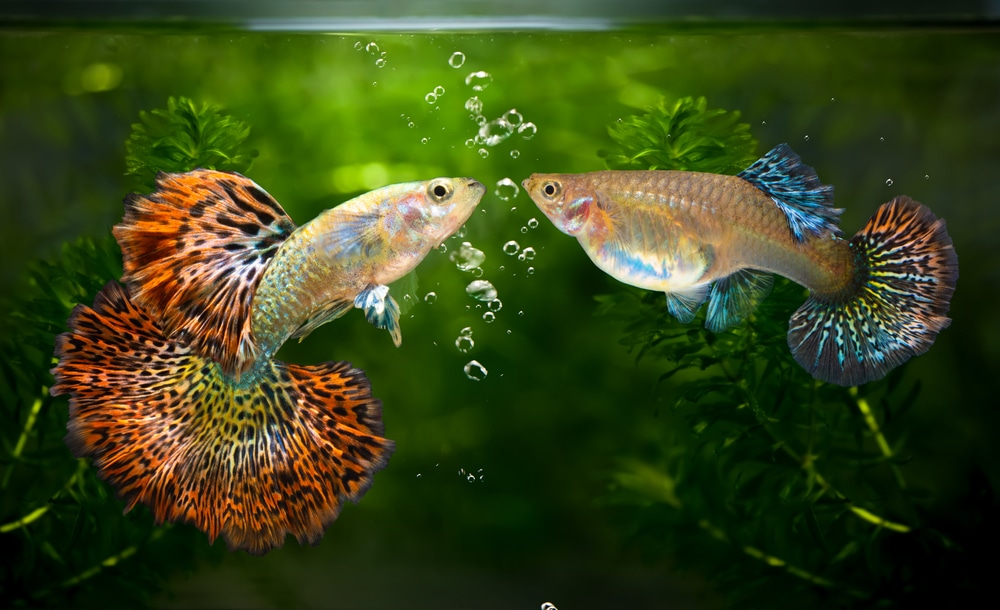Do Koi Fish Hibernate? Winter Dormancy Explained

Updated on
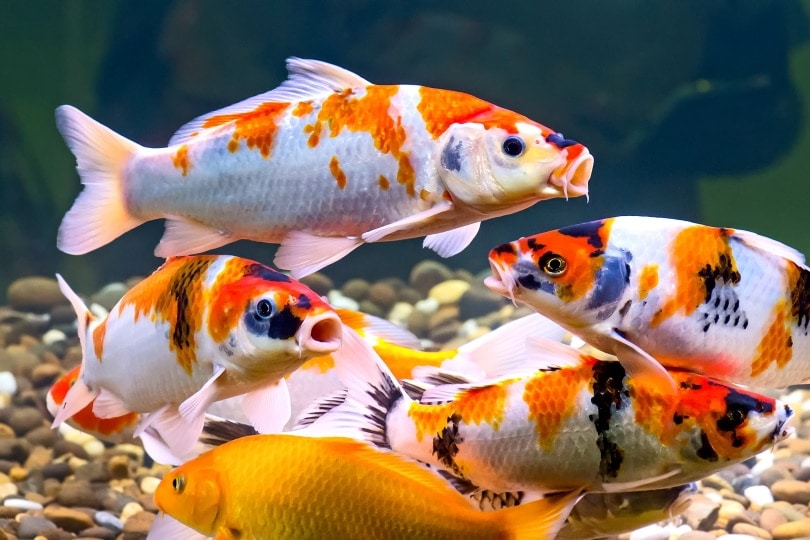
Koi Carp make an incredible addition to any pond. They tend to get along with other fish species, they have a variety of bright and vibrant markings, and they can be quite sociable and fun pond inhabitants. However, they also have something of a reputation for being difficult to care for, and many potential owners are especially worried about how they fare during the winter months.
A common question that is asked is whether Koi hibernate during winter. While they don’t strictly hibernate, they do go into a state known as torpor, which is very similar to hibernation and leaves them motionless while they preserve energy and minimize their need for sustenance.
Unexpected owners can panic at the sight of a fish that hasn’t moved for days, but this motionless torpor is not something to worry about as long as you winter your pond and fish properly.
About Koi Fish
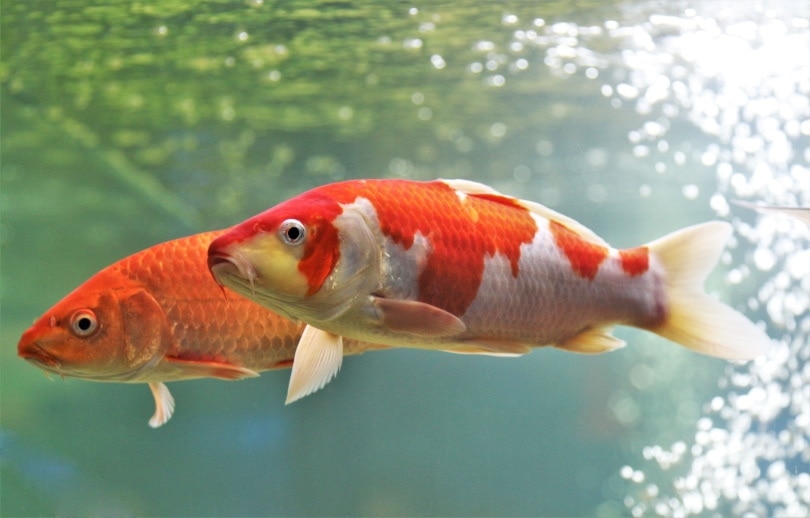
Although most people think of them as Japanese, it is likely that Koi actually originated in China, where they were eaten as a food source. In the mid 19th century, the Japanese started to breed and keep the fish for decorative purposes. They are seen as a sign of virtue and longevity, possibly because they have an impressive lifespan of around 30 years, with some living more than 100 years.
They are considered very intelligent fish and can even be trained to come and take food from your hand and the females are believed to be the friendliest gender, often popping their heads out of the water. With the ideal conditions, Koi can grow to three feet long, but will usually grow to a size that is appropriate for the pond they live in and the food they are fed.
There are many different colors and patterns. The most popular pattern in Japan is a white fish with red blotches, but the most commonly found are those that combine red, white, and black in their markings.
Caring For Koi
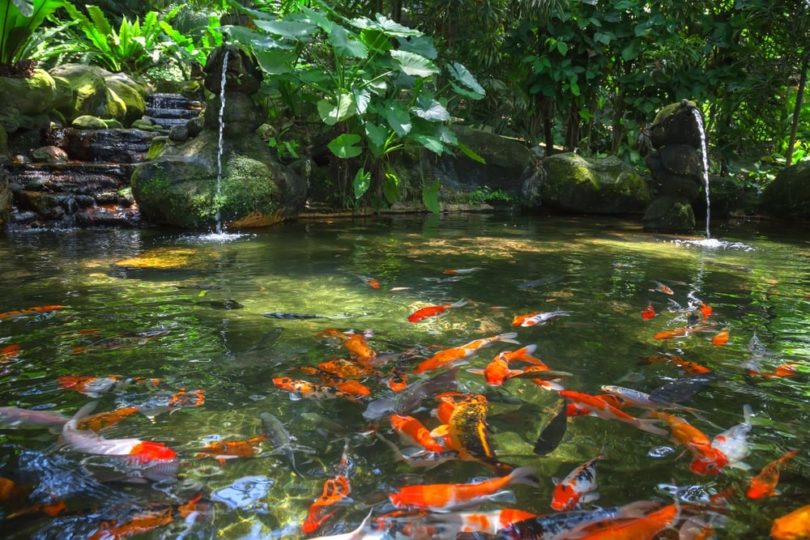
Although they do have a reputation for being a challenge to keep, they are no more challenging than any other animal. They do require sanitary living conditions, a suitable and healthy diet, and they need to be kept safe from potential predators. Good pond care and dietary fulfillment should ensure that you get a long life from your Koi.
The pond needs to be big enough that they can swim around easily and deep enough that they can surface for food and submerge to stay out of the sun’s rays in summer and away from the cold in winter. Maintain a pH level between 7 and 8.5, ensure Nitrate levels are between 20 and 60ppm and monitor ammonia and nitrate levels to ensure that they are negligible.
A general rule of pond care is to change 10% of the water every few weeks and use a water testing kit at the same intervals. Just because the pond water looks nice and clean, doesn’t mean that doesn’t harbor chemicals or toxins that could cause serious problems for your fish.
Winter Care
Water temperature is another important consideration when it comes to good Koi health. Temperatures in Japan and China, where the species are prevalent, get very low, and unless you live in especially cold conditions where the pond is at risk of freezing to very deep levels, your Koi should be fine. If the water freezes over, they will enter a state of torpor and will survive under the frozen surface.
However, it is a good idea to add a float or use some other method to ensure an air hole remains in the pond surface because this can prevent the build-up of noxious fumes while allowing you to access and test the water.
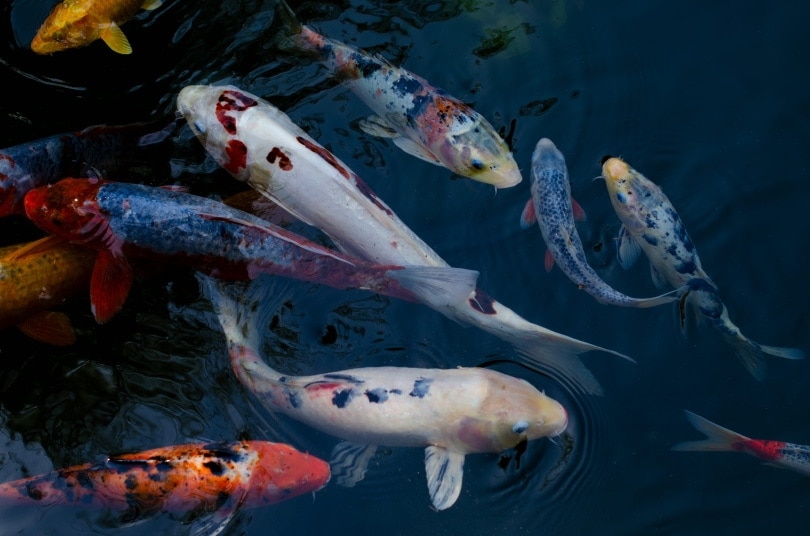
Koi change and adapt to winter conditions. They slow their metabolism and even their immune system. You do not need to feed them during winter, and because their metabolism is so slow, even if you do offer food, your fish are unlikely to eat it.
You do need to be cautious when winter is coming to an end, however. As the temperature increases, bacteria become active once again. This happens much sooner than the Koi exits torpor, which means that your fish are in danger of picking up illnesses before their bodies re-adjust to the temperatures. When temperatures start to rise, you will need to ensure that the water conditions are just perfect, so start testing toxin levels and perform a water change early.
At this time, predators will also look to take advantage. Common predators include cats but also large birds like herons. If predators are likely to cause a problem in your area, put a net over the pond to protect your fish.
Can Koi Fish Survive Being Frozen?
It is very unlikely that the fish themselves will freeze. Water temperature drops more slowly than air temperature and it is not subject to the same wild fluctuations.
When your Koi detect temperatures dropping, they will head to the bottom of the pond where the water is warmer and still. They will slow their metabolism, heart rate, and even their immune system. They won’t need to eat and will only move enough to prevent their bodies and organs from freezing. They will only leave this state once the water temperature rises again.
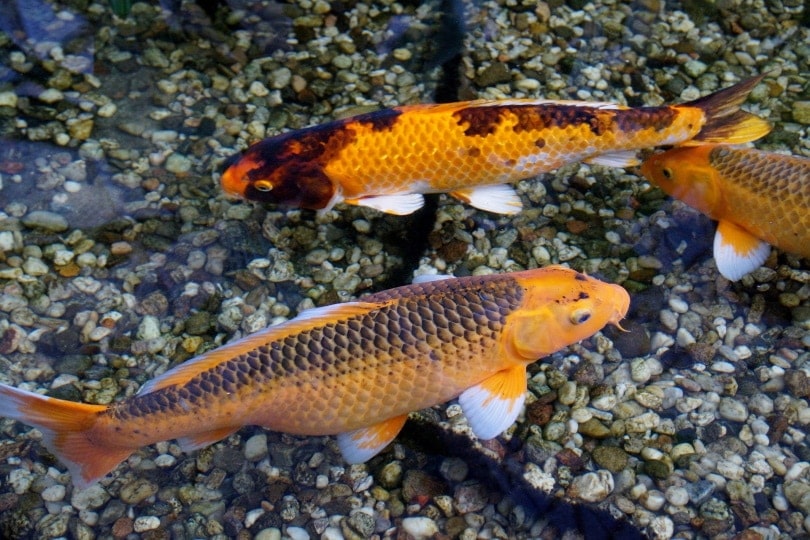
How Cold Is Too Cold for Koi Fish?
Koi are cold-blooded, which means that heat is more of a risk than cold. Koi can get sunburned if they sit out in the sun for too long so ensure that they have shaded areas to sit. Otherwise, make sure that the pond is at least five feet deep so that your fish can retreat to the warmer water at the bottom during the cold months.
Conclusion
Although Koi do not hibernate, they do enter a similar state known as torpor when the water temperature gets particularly low. In this state, they stop eating and essentially just tread water at the bottom of the pond to prevent freezing up. They will exit this state when the water warms up so you shouldn’t be too concerned about a freezing pond.
When you notice the fish slow down and stop swimming around, stop feeding and consider adding some form of thawing device, which can be as simple as a football that bobs around and prevents a portion of the surface from freezing over. This helps gases escape and fresh air enter the water.
Related Read:
Featured Image Credit: TigerStocks, Shutterstock

